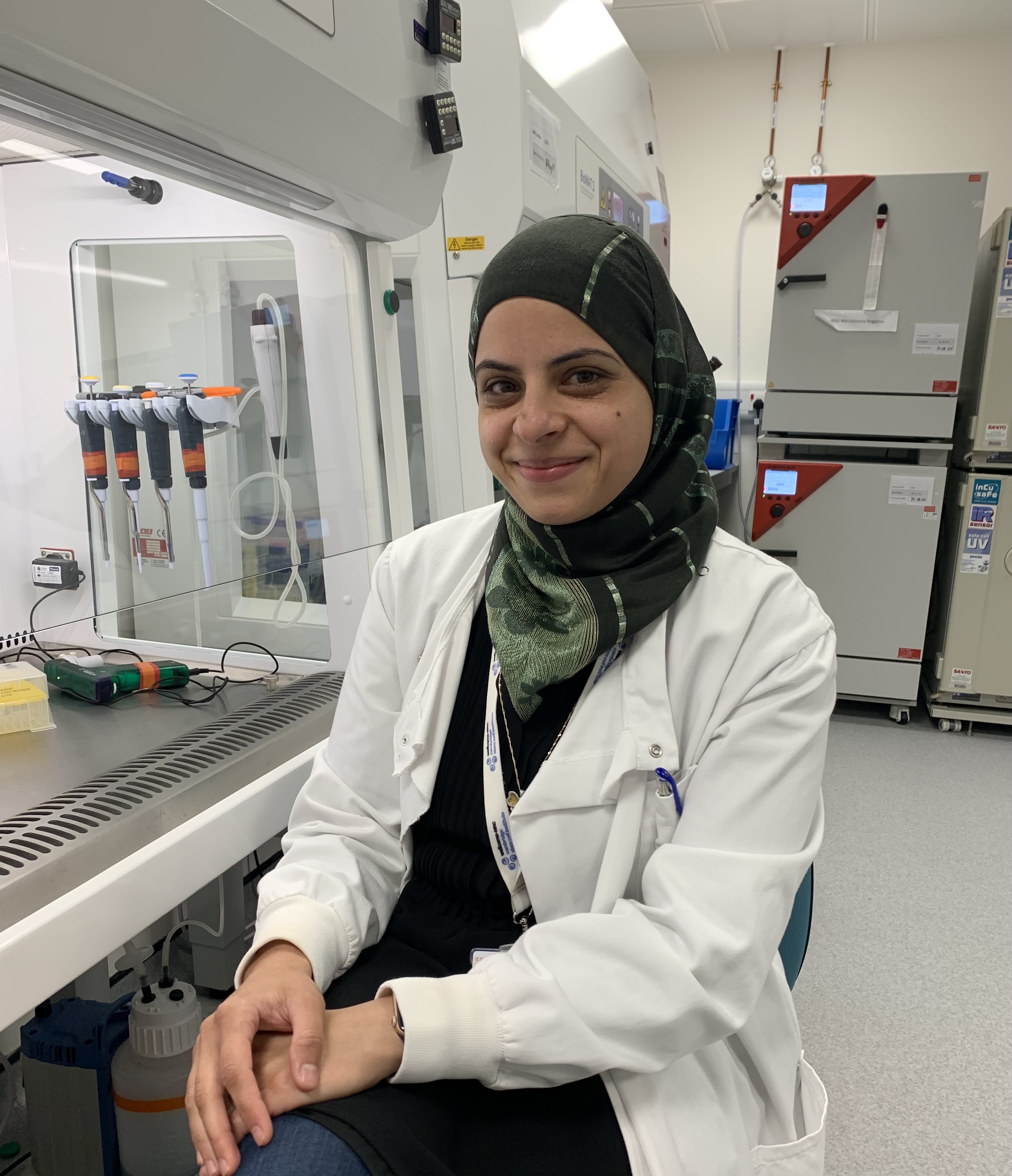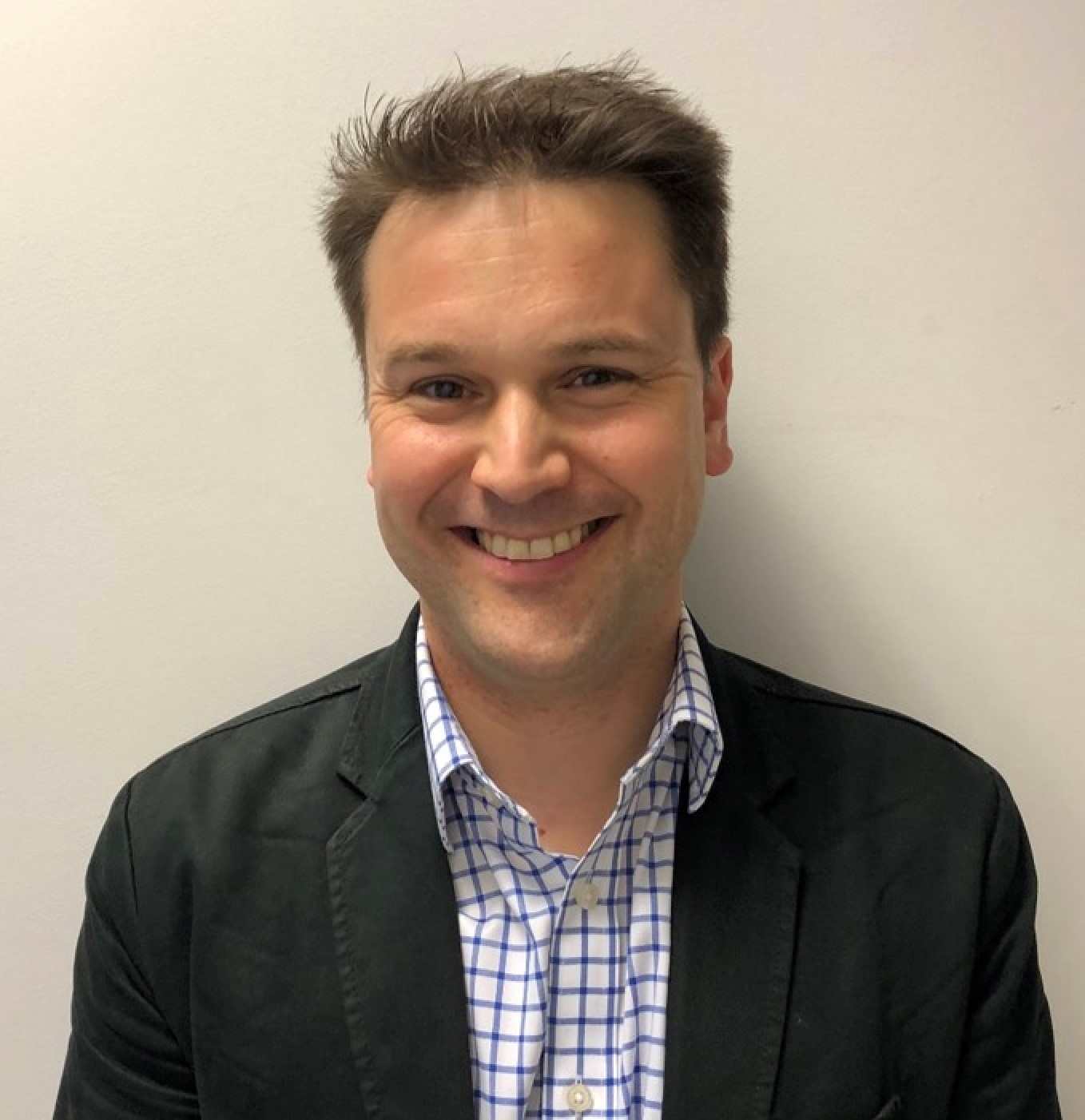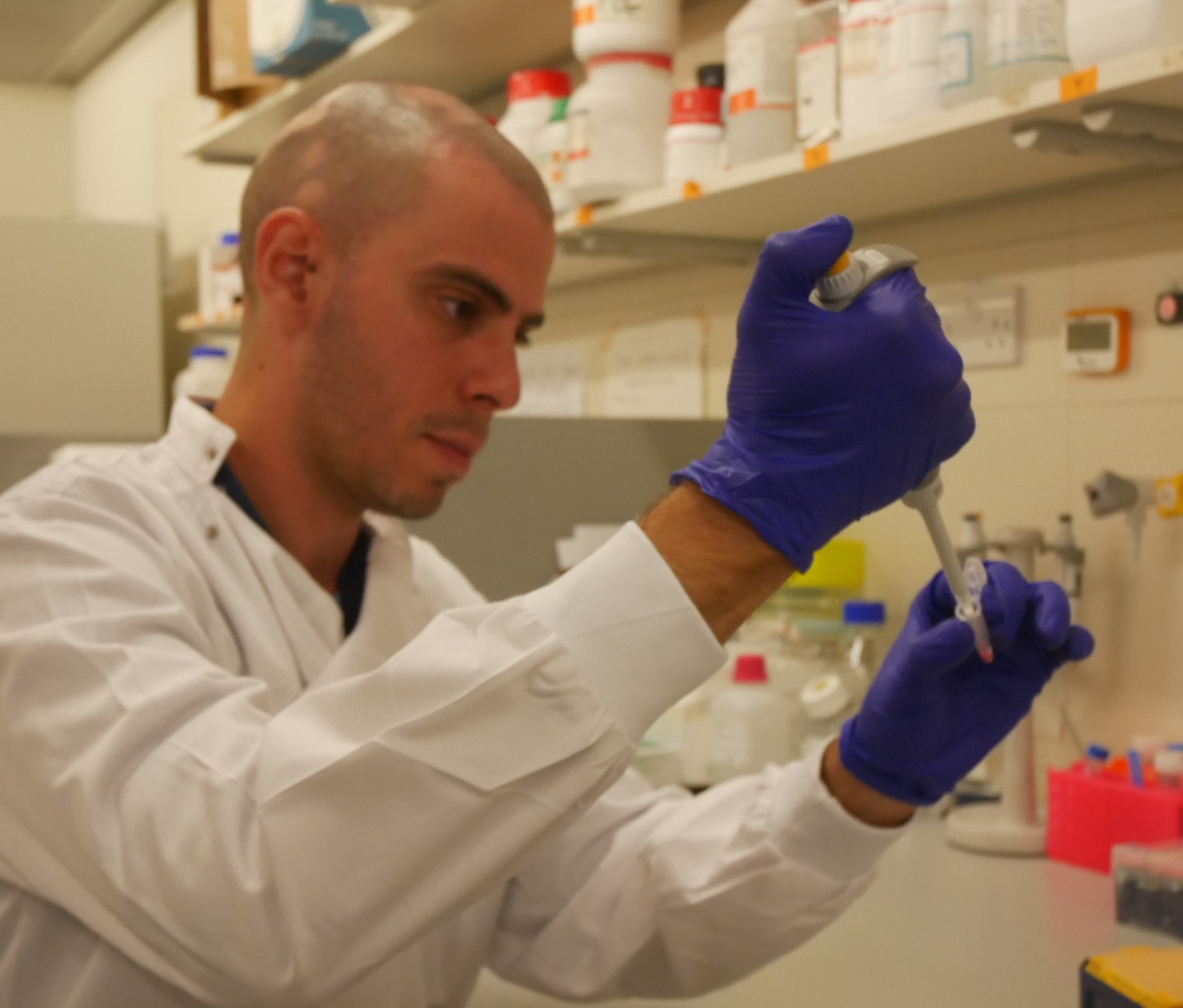Only half of leukaemia patients live longer than five years after their diagnosis. It is important for everyone to be aware of the symptoms of leukaemia.
The symptoms of leukaemia include:
- Extreme tiredness (fatigue)
- Bruising
- Unusual bleeding
- Repeated infections
- Fever or night sweats
- Bone or joint pain
Blood cancer charity, Leukaemia UK believe research has the power to stop leukaemia devastating lives. However they say that despite decades of incredible progress, only half of leukaemia patients live longer than five years after their diagnosis. "Bringing together the leukaemia community, we will accelerate progress through life-changing research, doing everything we can to make sure that the next person with leukaemia has the best possible experience of diagnosis, treatment and care."
Leukaemia is third biggest cause of cancer deaths in the UK
Blood cancer is the fifth most common type of cancer and the third biggest cause of cancer deaths in the UK, with over 41,000 diagnoses and over 15,000 deaths every year. Leukaemia is a type of blood cancer and, despite progress, only half of leukaemia patients live longer than five years following a diagnosis.
Leukaemia UK want their work to focus on understanding leukaemia better, "improving early diagnosis, developing smarter, kinder, and more effective treatments and ensuring leukaemia patients across the UK have equal access to the same high standards for diagnosis, treatment and care."
Scientists at London’s Imperial College have also shown that keeping healthy blood cells alive could be more important in the fight combatting leukaemia than destroying cancerous cells.
Leukaemia research awards
Leukaemia UK announced their four new John Goldman Fellows for 2022, each seeking to accelerate progress for blood cancer research and investigate new ways to stop the disease devastating lives.
Innovators in their fields, each of Leukaemia UK’s John Goldman Fellows hope to make advancements towards kinder, more effective blood cancer treatments during their two-year fellowship.
Each individual award, worth £150,000, will fund the duration of the research project, which could include researchers' salaries, laboratory consumables, genome sequencing, laptops, data management, and travel to conferences. The awards are aimed at early career researchers with a passion for science, a desire to develop new ideas and translate scientific advances into clinical practice. They provide an important opportunity for the most promising blood cancer researchers to accelerate their careers.
Pioneer of bone marrow transplant
The award is named after Professor John Goldman, a pioneering haematologist, oncologist and medical researcher, and one of the founders of Leuka, the charity that would later become Leukaemia UK. He treated thousands of blood cancer patients during his decades long career and wrote over 700 scientific papers. Professor Goldman was a pioneer in the development of the bone marrow transplantation that has saved so many lives.
Leukaemia UK’s John Goldman Fellows for 2022 are: Dr Eman Khatib-Massalha (pictured) of the University of Cambridge, Dr Mirjana Efremova of Queen Mary University of London, Dr Simon Richardson of the University of Cambridge, and Dr Victor Llombart of University College London.
Fiona Hazell, Chief Executive of Leukaemia UK, said:
“Leukaemia UK’s John Goldman Fellowships support the most promising blood cancer researchers early on in their careers, and fund life-changing research with the potential to accelerate progress for those who are diagnosed. We are delighted to announce four new John Goldman Fellows for 2022, each with a unique research project creating the opportunity for advancements in diagnosis, treatment and care. They will join our network of over 30 John Goldman Fellows and alumni working across the UK.”
 Dr Eman Khatib-Massalha, University of Cambridge
Dr Eman Khatib-Massalha, University of Cambridge
Dr Eman Khatib-Massalha will test a promising new immunotherapy target that could stop disease progression in patients with a rare type of blood cancer - myeloproliferative neoplasms (MPNs) – which could otherwise develop into acute myeloid leukaemia (AML). Over 4000 people are diagnosed with MPN every year in the UK[ and there are currently limited curative treatment options for this disease. AML still has one of the worst survival rates of any blood cancer, with the 5-year survival rate just 15.3%.
Preliminary research has suggested that the build-up of blood cells, typically seen in MPNs, could be the result of cells giving off abnormal “don’t eat me” signals on their surfaces. Through these signals, mutant cells can escape from the immune system. This means that dysfunctional cells, which would normally be cleared by the body on a daily basis, are left to build up.
This study will test an immunotherapy target that aims to block “don’t eat me” signals on mutant cells, restore normal clearance of these cells, prevent bone marrow fibrosis and reduce the risk of AML.
Dr Khatib-Massalha said, “The type of blood cancer I will be researching during my John Goldman Fellowship currently has no consistently reliable curative treatment. During my Fellowship, I aim to develop and test a promising target for MPN immunotherapy that aims to block specific signals on mutant cells, restoring normal clearance of these cells, preventing MPN progression, and reducing the risk of AML. I hope that this could develop into a new treatment option for patients with this type of blood cancer in the future.”
Dr Khatib-Massalha has also been chosen to receive the Olive Boles Innovation Award. This accolade combined with the John Goldman Fellowship is in recognition of an innovative higher-risk idea that could contribute significantly to our understanding of leukaemia and other blood cancers.
Dr Mirjana Efremova, Queen Mary University of London
Dr Mirjana Efremova hopes to improve outcomes for B cell lymphoma patients by investigating ways to prevent treatment resistance. Treatment resistance and disease relapse is very common in B cell lymphoma, a type of non-hodgkin lymphoma which affects over 11,000 people every year.[v] Although treatment options are available, resistance to these treatments – when treatment stops working - is common.
There is growing evidence to show some treatment resistance is driven by reprogramming of cancer cells into reversible resistant states. Dr Efremova will use specialised genomic technology to identify the different cancer cell states and uncover more about how they interact with the diverse microenvironment surrounding them. Discovering ways to prevent cells transitioning to resistant states or making they more susceptible to therapy could be key to preventing resistance and relapse of the disease.
 Dr Simon Richardson, University of Cambridge
Dr Simon Richardson, University of Cambridge
Dr Simon Richardson aims to identify new drug combinations to treat B-cell acute lymphoblastic leukaemia (B-ALL). Over 600 people in the UK are diagnosed with B-ALL each year and it is currently a difficult disease to treat.[vi]
A particular line of investigation is ‘master regulator modules’ – genes that occupy the very top of the regulatory hierarchy, and could prove important targets for therapy. A list of potential drug target combinations will be created and the most promising will make it through to cutting-edge single cell gene expression analysis and pre-clinical drug testing.
The ultimate aim is to develop new treatment options that act broadly across patients with different B-ALL subtypes, are effective in the most resistant cases and cause less toxicity than traditional chemotherapy.
Dr Richardson said, “B-cell Acute Lymphoblastic Leukaemia (B-ALL) is the commonest cancer in children and treatment outcomes in adults remain very poor. During my John Goldman Fellowship, I will use recently developed functional genomics and computational techniques to identify novel treatment options for B-ALL patients and work out how best to combine these to reduce the incidence of relapse, improve survival and minimise treatment related toxicity.”
 Dr Victor Llombart, University College London
Dr Victor Llombart, University College London
Dr Victor Llombart will explore why one of the key proteins, called MYC, involved in leukaemia development, stops working. The research will specifically focus on the N-terminal region of the MYC protein in T-cell acute lymphoblastic leukaemia (T-ALL), which 150 people in the UK are diagnosed with each year.[vii]
T-ALL is a fast-growing form of leukaemia that can get worse quickly without treatment
In many types of leukaemia, the MYC protein stops working properly. Research focusing on different cancer models has shown that when the faulty MYC is blocked, the tumour quickly shrinks. This makes MYC a hot contender for cancer drug development research.
Dr Llombart hopes this project will lay the foundations for future drug development research for T-ALL patients. As MYC is involved in many different cancer types, the findings have potential to make ground-breaking steps forward for patients with blood cancer and beyond.
Dr Llombart said, “The oncoprotein MYC is considered one of the most appealing therapeutic targets in different human malignancies but targeting it still represents a significant challenge. During my John Goldman Fellowship, I will study a novel protein subdomain of MYC that is functionally crucial in the context of T-cell acute lymphoblastic leukaemia (T-ALL). I hope that our results will provide the basis to develop new treatments for MYC-dependent leukaemias in the future and potentially for other cancers.”




